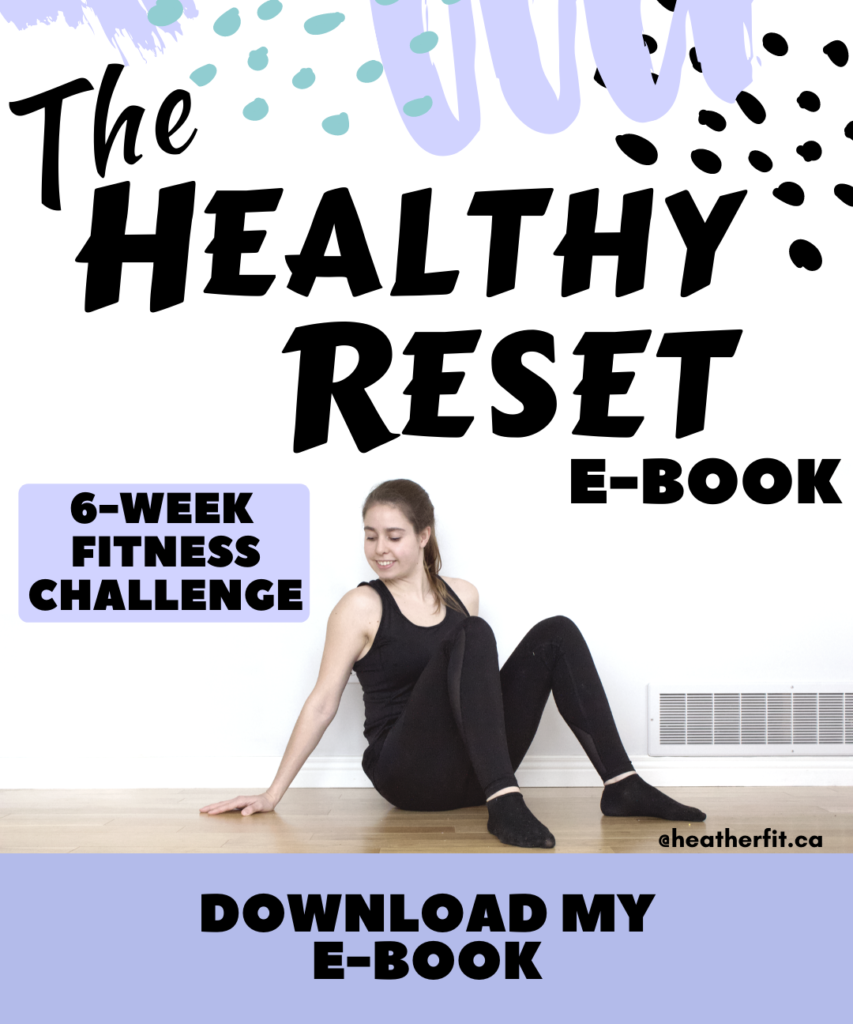Deep breathing is a great tool to promote relaxation and stress management. This post breaks down the science and benefits of deep breathing, and it shows you 4 different deep breathing exercises.
The Stress Systems
When we experience stress and anxiety, our body responds by activating the stress response. This response causes our sympathetic nervous system to be activated, which signals our bodies to release various hormones in response to a threat. For example, imagine you went for a walk and saw a bear. Your body would automatically activate the stress response causing your heart rate and blood pressure to increase, your eyes to dilate, and your blood to be directed to our arms and legs. Additionally, your body would release cortisol and adrenaline to give you the energy you need to get away from the bear.
On the flip side, when we are calm, our parasympathetic nervous system is activated. This system “switches off” the stress response and puts us into a calm state. In this calm state, our breathing is slowed, our blood pressure and heart rate are low, our eyes are normal and our energy is shifted to resting and digesting the foods we eat.
Stress Response Triggers
It’s important to note that our stress response is not only activated by a direct threat such as a dangerous situation. The stress response can be triggered by anything we perceive as being stressful. This can include perceived threats (e.g., I have a test tomorrow), and even when we anticipate something might be threatening (e.g., I think this person is angry with me).
Stress is not always a bad thing, as it can motivate us to get things done, however, when stress is chronic and we are unable to manage it, it can cause issues such as burnout, anxiety, depression, and other health consequences. Learning how to calm ourselves down and manage the stress we experience is vital to living a balanced & healthy life. Fortunately, there are many stress management techniques out there, and it’s about finding the strategies that work best for you.
Diaphragmatic/Deep Breathing
To promote calmness & relaxation, the goal is to activate our parasympathetic nervous system and “turn off” our sympathetic nervous system. AKA we want to turn OFF the system that causes stress (sympathetic), and turn ON the system that helps us relax (parasympathetic).
One way to activate the parasympathetic nervous system is to practice something called diaphragmatic breathing, or “deep breathing”. In this type of breathing, we deeply inhale and use our diaphragm to expand our belly, followed by slowly exhaling. By consciously slowing our breathing, it results in our heart rate to lower (this is because our heart rate and breathing are connected). Lowering our heart rate then causes a cascade of events which causes our blood pressure to lower, and our muscle tension to decrease. Deep breathing essentially reverses the stress response by using our breathing to activate our parasympathetic nervous system. Some ways to make deep breathing even more effective include lengthening the exhale so it is longer than the inhale.
Deep Breathing Exercises
There are many ways to practice mindful breathing, and it’s about finding the method that works best for you. Below are four deep breathing exercises you can try to help calm yourself down. Depending on which style is your preference, it is recommended you practice deep breathing often, so you can use it as a tool when you experience stressful situations.
Technique 1: Basic Belly Breathing Exercise
 Start by finding a comfy spot to sit or lay down. Find a position that’s comfortable for you. Take note of how you feel before doing this exercise. Do you feel any tension in your body, if so, where? How deep/shallow is your breathing?
Start by finding a comfy spot to sit or lay down. Find a position that’s comfortable for you. Take note of how you feel before doing this exercise. Do you feel any tension in your body, if so, where? How deep/shallow is your breathing?
- INHALE through your nose for 4 counts. You want to breathe deeply so your breath expands your belly.
- At the top of the inhale, when your belly is full, HOLD your breath for 4 counts
- EXHALE slowly through your mouth for 6 counts. Lengthening the exhale helps promote relaxation
- At the end of the exhale, HOLD your breath for 2 counts before repeating the cycle again.
- Repeat this cycle of breathing 10-20 times.
Once you finish the exercise, take note of how you feel. Do you feel the tension in your body has decreased? Do you feel a sense of calmness?
 Technique 2: Square Breathing/Equal Breathing Exercise
Technique 2: Square Breathing/Equal Breathing Exercise
Square/Equal breathing is a breathing technique where the inhale is the same length as the exhale. This exercise also helps provide a visual cue for you to sync your breath. You follow the same steps as Technique 1, however, the breathing counts are slightly different:
- Inhale for 4 counts
- Hold for 4 counts
- Exhale for 4 counts
- Hold for 4 counts
Technique 3: Alternate Nostril Breathing Exercise
 Alternate nostril breathing is a technique where you inhale through one nostril and exhale through the other. This exercise incorporates your hands and is often used in yoga practices.
Alternate nostril breathing is a technique where you inhale through one nostril and exhale through the other. This exercise incorporates your hands and is often used in yoga practices.
- Start in an upright, seated position.
- Bring your right hand to your nose and place your thumb on your right nostril.
- With your right nostril covered, close your eyes and inhale fully and slowly through your left nostril.
- Once you’ve inhaled completely, release your right nostril and put your ring finger on the left nostril.
- Exhale slowly and fully from the right nostril.
- Once you’ve exhaled completely, keep your ring finger on the left nostril and inhale through your right nostril.
- Release your ring finger and close your right nostril with your thumb again. Exhale fully from your left nostril again.
- Repeat 3-5 times, or as needed to help you relax.
Technique 4: Guided Meditations
Guided meditations are a great way to alleviate anxiety and stress. You can practice guided meditations by sitting or lying down in a comfortable place. Additionally, listening to calming recordings can help give you something to focus on while you relax.
Try this guided meditation!
How often should you practice mindful breathing?
The amount of mindful breathing you “should” do, depends on what feels the best for you. Taking 5-10 minutes out of your day to practice mindful breathing is a great strategy to help with stress relief. The more you practice, particularly when you are not in a “stressed” state, it makes it easier to implement when you are stressed. Make mindful breathing a habit by setting aside some time in the morning to help you prepare for your day, or during your evening routine to help prepare you for bed.
What is your favourite way to practice deep breathing?
I hope you found these deep breathing exercises helpful & relaxing! Mindful/deep breathing is something I’ve been trying to practice daily, and I have noticed it’s helped me feel calmer throughout the day. I’m curious… What’s your favourite way to practice mindful breathing? I love practicing slow yoga and ending my session with some basic belly breathing. It always helps me feel calm and ready to tackle my day! Let me know your favourite way to practice mindful breathing in the comments below.
Take care,
Heather
Related Articles:
References:




